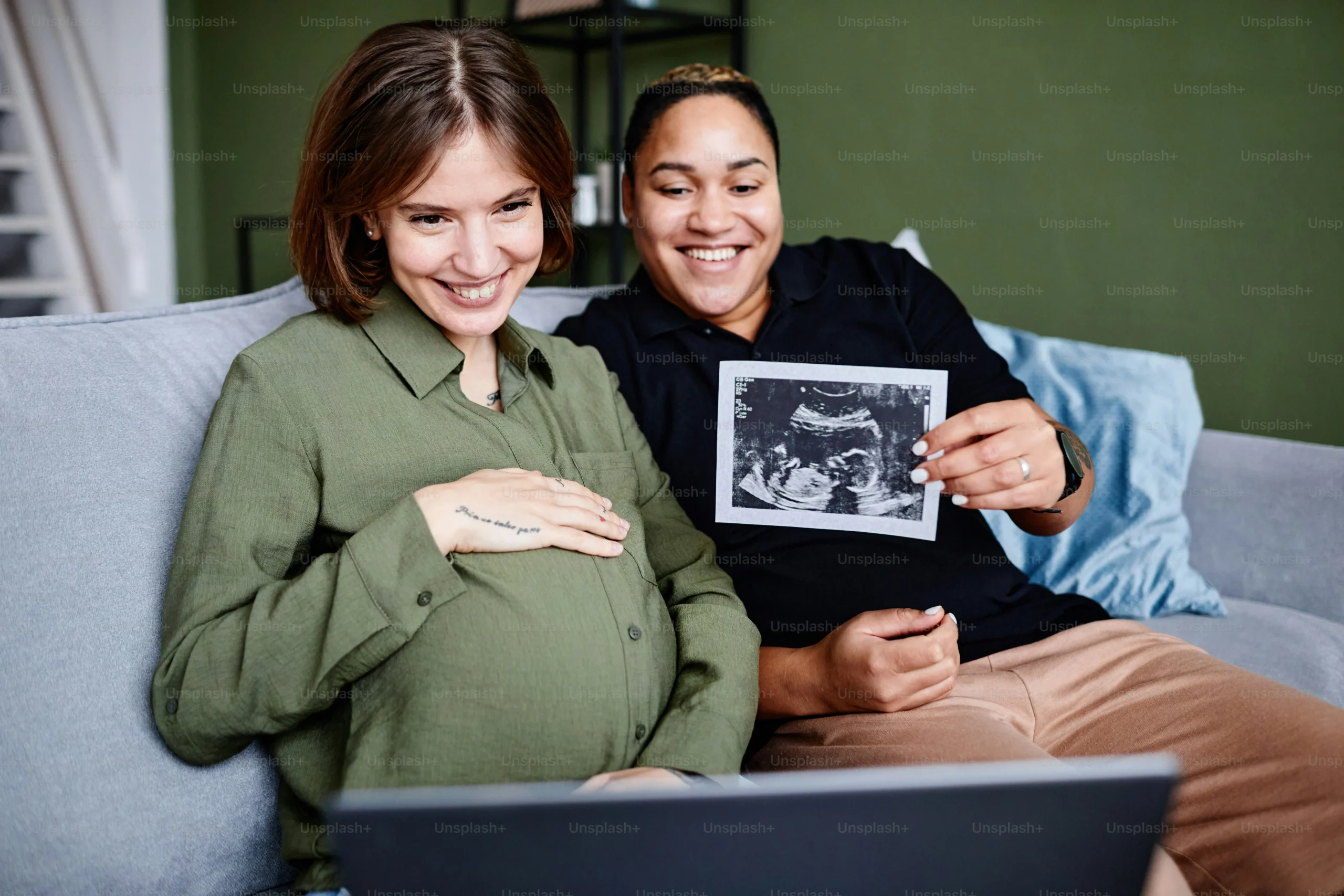Your cart is currently empty!
The Various Stages of an IVF Cycle
Embarking on the journey of In Vitro Fertilization (IVF) involves several important phases that help hopeful parents achieve their dream of parenthood. Understanding these stages can empower you and your partner as you navigate through the process.
1. Initial Consultation
The first step in any IVF journey is the initial consultation. During this meeting, you’ll discuss your medical history and fertility goals with a specialist. This is a great time to ask questions and voice any concerns you may have. Just like Sara and Jake did when they first met with Dr. Smith, they found that it eased their anxiety.
2. Fertility Testing
Following the consultation, a series of tests will be conducted to assess both partners’ fertility health. This may include blood tests, ultrasounds, and semen analysis. These tests are crucial to identify any underlying issues that may affect the IVF process.
3. Personalized Treatment Plan
Once the tests are complete, your fertility specialist will design a personalized treatment plan based on your unique needs. This plan will outline the medications and procedures required to optimize your chances of success.
4. Ovarian Stimulation
Next comes ovarian stimulation. You will be prescribed fertility medications to encourage the ovaries to produce multiple eggs. Regular monitoring through blood tests and ultrasounds will be necessary to track the development of the follicles.
5. Egg Retrieval
When the time is right, a minor surgical procedure called egg retrieval is performed. This is done under sedation, and a thin needle is used to extract the mature eggs from the ovaries. It’s a quick process, but it’s crucial for the next steps.
6. Fertilization
After retrieval, the eggs are combined with sperm in the laboratory. This can happen through conventional insemination or Intracytoplasmic Sperm Injection (ICSI), where a single sperm is directly injected into an egg. This stage is vital as it determines whether fertilization will occur.
7. Embryo Culture
Once fertilization takes place, the embryos are monitored for growth and development. This stage usually lasts about 3 to 5 days. The embryologists will evaluate the embryos to select the healthiest ones for transfer.
8. Embryo Transfer
The selected embryos are then transferred into the uterus via a simple procedure. This step marks a significant moment in the IVF journey, as it gives you the chance to conceive.
9. Pregnancy Test
About two weeks after the embryo transfer, a pregnancy test will determine whether the procedure was successful. This waiting period can be filled with anticipation and anxiety, but it’s essential to stay positive.
Throughout your IVF journey, resources like CDC’s infertility FAQs can provide valuable guidance. Engaging with supportive communities can also make a difference; consider checking out our post on winner selection for more insights.
Summary
The stages of an IVF cycle encompass everything from initial consultations and testing to embryo transfer and follow-up pregnancy tests. Each phase plays a critical role in the journey toward parenthood, making it essential to stay informed and supported. If you’re looking for quality home insemination tools, check out the BabyMaker Home Insemination Kit to enhance your experience.
